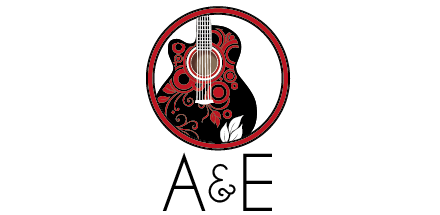With summer nearly upon us, I’ll continue the discussion from last week and look back to the origins of the beer we call pilsner. This effervescent, bright, clear and flavorful beer could easily be your warm month choice. And while nearly all pilsners are golden and vibrant, this has only been a recent trend in the beer we know as lager.
In fact, the first lagers that were made in Munich, Germany were celebrated for their dark tones and strong, malty flavors. It wasn’t until the 1840’s in the town of Pilsen in Bohemia when the first golden lagers appeared.
While brewers in Bohemia (now modern day Czech Republic) created the style of bottom fermentation, it was a German brewer living in Pilsen that used this method to create the gold beer that would become world-renowned. This new style of lager was called Pilsener, named after its town of origin, a German tradition. All brews in this style made in Pilsen were called Pilsners.
A quality rival brewery in the town of Budweis created a comparable bright lager, dubbed Budweiser. Although a smaller town than Pilsen, and presently boasting only 2 breweries, the Royal Court brewery of Bohemia was once located in Budweis, allowing beers from the court brewery to be called ‘beer of kings’. Eventually, all beers created in the town became famous under the label ‘Budweisers’.
While the original Pilsners were created to compete with Germany’s Munich and Vienna lagers, the success of the Bohemian Pilsner not only in the region, but also across Europe forced the Germans to develop a pilsner of their own. Germans turned out a new, slightly different style of pilsner, and it was probably this version of the style, along with lager yeast, that was brought to the USA by European immigrants.
Bohemian, or Czech, pilsners offer a surprising sweet malt flavor, due to the soft, low-mineral water of the area. These lagers also almost exclusively employ Saaz hops, from a small growing area northwest of Bohemia. Saaz hops bring out a peppery, piney flavor, not a bitter one. These are also clean and malty in the mouth, but light to medium-bodied. Budweiser Budvar (Czechvar in our country, due to restrictions originally from Anheuser-Busch) hails from Budweis, and is a brilliant example of the style.
Pilsner Urquell, the largest brewer in the Czech Republic, boasts a pilsner lager increasingly similar to German pilsners, with a stronger bitter hop presence and a dryer finish. Pilsner Urquell (German for original source pilsner) has a bitter, mild citrus and grass hop flavor that dominates, and stays to the finish.
German pilsners are much hoppier than their Czech cousins, making use of Saaz as well as other noble hops, and a high mineral water that cuts through much of the malt aroma and flavor. This is especially the case the farther north you go in the country, and an example of the style is Bitburger.
A wonderful American pilsner, similar to the German style, is Victory Brewing’s Prima Pils. “Whole flower European hops and fine German hops” are what you will find in this lager. The smell is grain malt, lemon and salt. Taste is a sharp, spicy hop presence with a gentle strain of biscuit malt. A summer beer for the beer lovers. Enjoy the brews … Cheers.
Gene’s Haufbrau has at more than 200 beers in bottles or on tap. While they don’t have every beer the Beer Snob writes about, they probably have most. E-mail the Beer Snob at publisher@westof.net.













